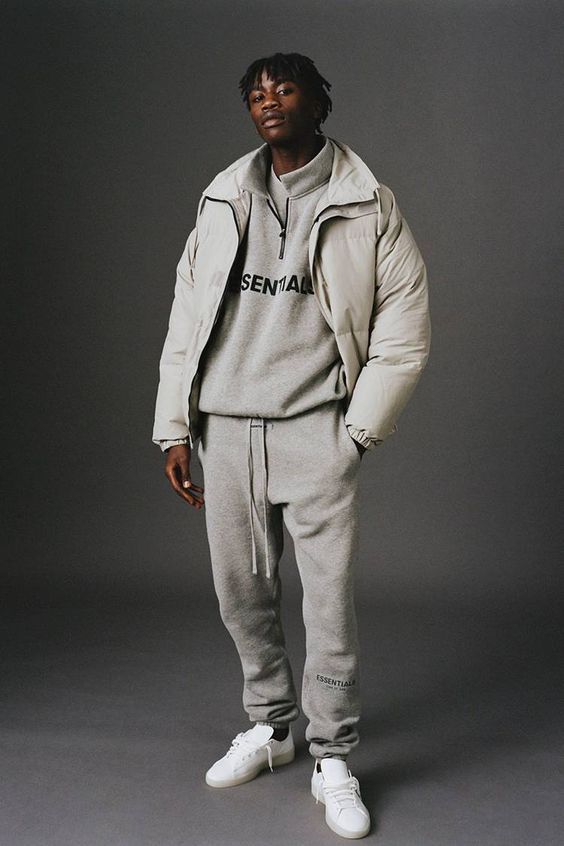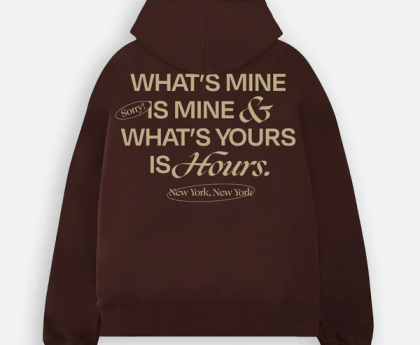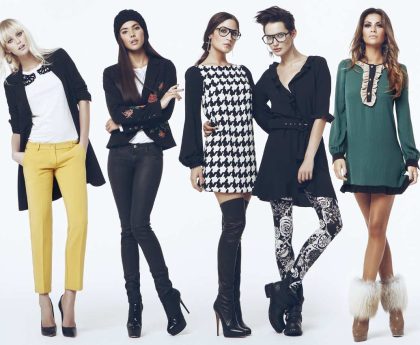Early Beginnings
Fashion shows began in the early 20th century, primarily as private events for industry insiders. These initial showcases were held in salons and department stores, aimed at displaying new collections to potential buyers and the press. Visit now Essentials hoodie Designers such as Charles Frederick Worth and Paul Poiret pioneered these early fashion presentations, setting the stage for future developments.
The Golden Age of Haute Couture
The mid-20th century marked the golden age of haute couture, with fashion shows becoming more elaborate and theatrical. Designers like Christian Dior and Coco Chanel revolutionized the industry, introducing runway shows that were not only about clothes but also about creating an immersive experience. These shows became key events in the fashion calendar, attracting attention from around the world.
The Modern Fashion Show: A Global Phenomenon
The Influence of Technology
One of the most significant changes in modern fashion shows is the influence of technology. With the advent of the internet and social media, fashion shows have become accessible to a global audience. Live streaming allows millions to watch shows in real-time, while platforms like Instagram and YouTube enable designers to reach a wider audience than ever before.
The Role of Influencers
Influencers have become integral to the modern fashion show ecosystem. Fashion bloggers, Instagram personalities, and YouTube stars are now front-row regulars, often wielding more influence than traditional fashion critics. Their posts, stories, and videos can create instant buzz around a collection, making them crucial players in the fashion industry.
Inclusivity and Diversity
Modern fashion shows are increasingly embracing inclusivity and diversity. Designers are showcasing a broader range of models in terms of age, size, ethnicity, and gender identity. This shift reflects a growing recognition of the importance of representation and the need to cater to a diverse consumer base.
Key Elements of a Modern Fashion Show
Innovative Staging and Set Design
The staging and set design of fashion shows have become increasingly innovative. Designers are using unique venues and creative sets to enhance the storytelling aspect of their collections. From transforming urban landscapes to creating elaborate indoor sets, the environment plays a crucial role in the overall impact of the show.
Music and Soundscapes
Music and soundscapes are essential components of modern fashion shows. Curated soundtracks and live performances can set the tone and mood, complementing the visual elements of the collection. Designers often collaborate with renowned musicians and DJs to create memorable auditory experiences.
Sustainability and Ethical Practices
Sustainability has become a central theme in modern fashion shows. Check it now https://ericemanuels.shop/ Designers are highlighting eco-friendly practices and materials, emphasizing their commitment to ethical fashion. From using recycled fabrics to promoting zero-waste designs, the focus on sustainability is reshaping the fashion show narrative.
Impact on the Fashion Industry
Boosting Brand Visibility
Fashion shows are powerful marketing tools that boost brand visibility. A successful show can elevate a brand’s status, attract new customers, and generate significant media coverage. The visual spectacle and buzz created around these events help designers stand out in a competitive market.
Driving Sales and Trends
Fashion shows play a critical role in driving sales and setting trends. The collections showcased often dictate the upcoming season’s styles, influencing both high-end and mainstream fashion. Buyers and retailers closely monitor these shows to make purchasing decisions, while consumers look to them for inspiration.
Creating Cultural Moments
Modern fashion shows often transcend the fashion industry, creating cultural moments that resonate with a broader audience. Events like the Victoria’s Secret Fashion Show and the Met Gala have become cultural phenomena, blending fashion, entertainment, and celebrity culture.
The Future of Fashion Shows
Virtual and Augmented Reality
The future of fashion shows lies in embracing virtual and augmented reality. These technologies offer new ways to experience fashion, from virtual front-row seats to interactive showrooms. Brands are already experimenting with VR and AR to create immersive and innovative fashion experiences.
Sustainable Innovations
As sustainability continues to gain importance, future fashion shows will likely focus more on sustainable innovations. This includes not only the designs but also the production and execution of the shows themselves. Virtual shows, reduced travel, and sustainable materials will become more prevalent.
Personalized Experiences
Personalization will be a key trend in the future of fashion shows. Brands will leverage data and technology to create tailored experiences for their audiences. This could involve personalized invitations, customized content, and interactive elements that engage viewers on a deeper level.
Conclusion
The rise of the modern fashion show reflects broader changes in the fashion industry and society as a whole. From embracing technology and inclusivity to focusing on sustainability and innovation, fashion shows continue to evolve and shape the future of fashion. As these events become more accessible and influential, they offer a glimpse into the ever-changing world of style and culture.





